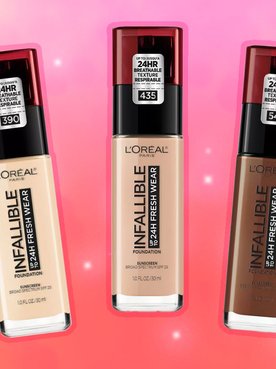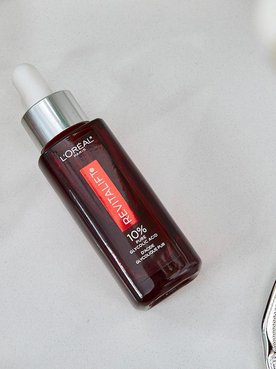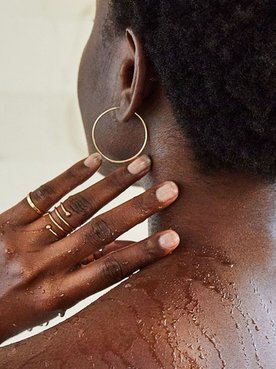If you’re a skin care fanatic like we are, we’re sure you keep up to date with the latest trending skin care ingredients and products. One type of ingredient you may have noticed popping up as of late? Polyhydroxy acids, also known as PHAs. If you aren’t sure what the benefits of this popular acid are and why PHAs are worth adding to your skin care routine, you’ve come to the right place. Below, we’re sharing everything you need to know about one of the hottest skin care crazes at the moment: polyhydroxy acid.
WHAT ARE POLYHYDROXY ACIDS?
You’re likely already familiar with alpha hydroxy acids (AHAs), and that knowledge will come in handy here. According to a study from the National Center for Biotechnology Information (NCBI), polyhydroxy acids are actually a new type of AHA that were discovered to provide similar benefits as other alpha hydroxy acids, without causing the skin irritation that is typically associated with AHAs. Per the study, PHAs have been found to be compatible with clinically sensitive skin, like rosacea and atopic dermatitis. They can also be used after cosmetic procedures. PHAs have quickly become a popular ingredient used in skin care products due to their many benefits, which is why it’s no surprise they’re trending. Speaking of benefits…
WHAT ARE POLYHYDROXY ACIDS GOOD FOR?
You know that PHAs are good, but what are they good for? PHAs have a range of benefits, as you can imagine, and there are quite a few worth noting. Below, we’ll detail the top benefits of incorporating PHAs into your skin care routine.
PHA Benefit #1: Moisture. PHAs have been found to have skin moisturizing capabilities. The NCBI study states that PHAs provide additional moisturizing and humectant—the ability to preserve or retain moisture—properties in comparison to AHAs.
PHA Benefit #2: Fine lines and wrinkles. It’s safe to say most of us dread the idea of fine lines and wrinkles making an appearance on our complexion. Though this skin care concern is a fact of life, PHAs can help with their appearance. Per the Mayo Clinic, PHAs have been shown to be effective in reducing the appearance of fine lines and wrinkles.
PHA Benefit #3: Photoaging. If you don’t know what photoaging is, allow us to clue you in. Photoaging is different than normal aging, as it is caused by continuous exposure to damaging UV (ultraviolet) rays. The NCBI found that some PHA-containing products were able to provide significant improvements in photoaging in a range of populations. Furthermore, a separate NCBI study demonstrated the ability of gluconolactone, a type of PHA, to help protect against UV radiation.
Editor’s note: While PHAs won’t increase your skin’s sun sensitivity and can improve photoaging caused by UV damage, they shouldn’t replace your sunscreen! Be sure to take regular sun protection measures by applying broad-spectrum sunscreen as directed and avoiding spending time outside during the sun’s peak hours from 10 a.m. and 2 p.m.
PHA Benefit #4: Acne. If you struggle with adult acne, incorporating a PHA into your skin care routine may be something worth looking into. Per the NCBI, using PHA-containing products in combination with retinoic acid was found to be well tolerated for treating adult facial acne.
PHA Benefit #5: Skin smoothing. As you likely already know, AHAs are known for their exfoliating capabilities—and you know how the saying goes, the apple doesn’t fall far from the tree. According to the NCBI, PHAs were found to provide skin-smoothing benefits, as well as a plumping effect, when used in a cream with pro-vitamin A.
HOW TO USE PHAS IN YOUR SKIN CARE ROUTINE
So, how does one go about adding PHAs to their skin care routine? Like AHAs, PHAs can be included in the formulas of various products such as toners, face serums, moisturizers, and more. Whichever type of formula you choose to incorporate into your routine, just be sure to layer your skin care products properly, and you’ll be reaping the benefits.





